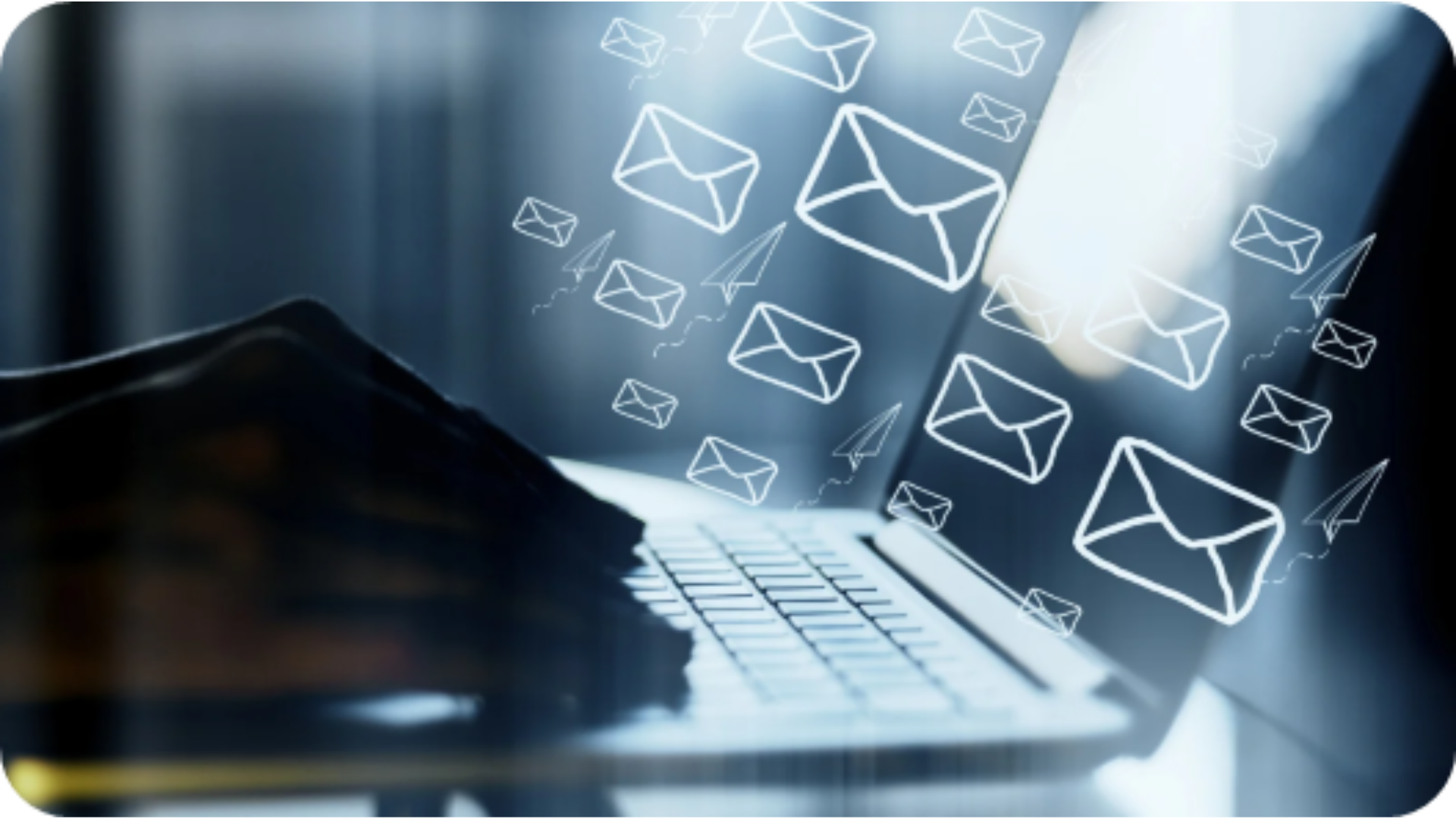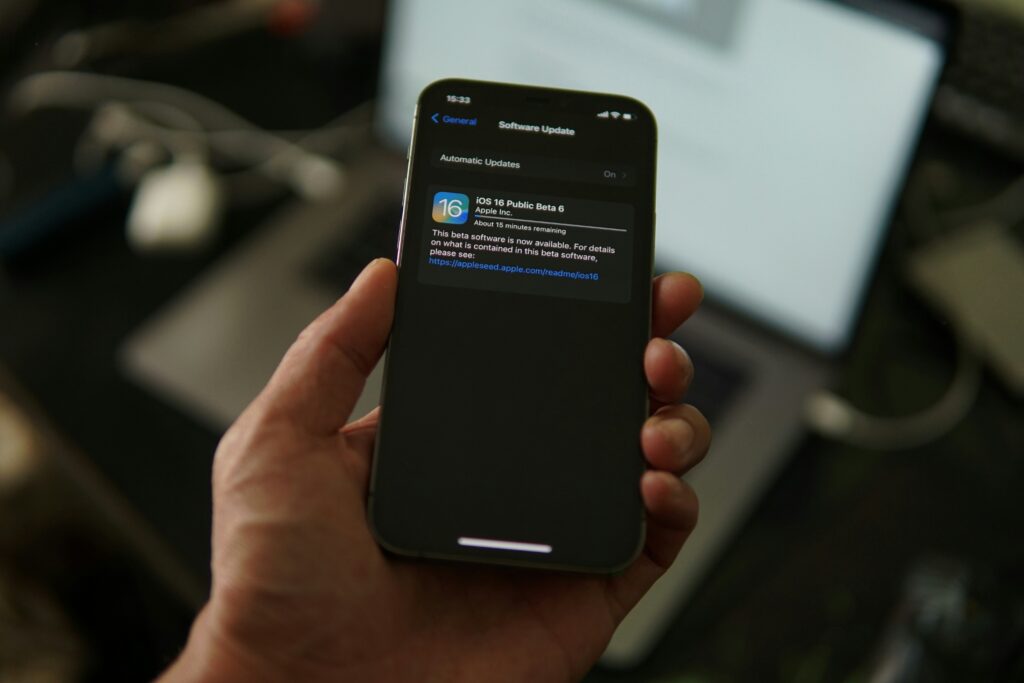Today, our conversations are no longer limited to face-to-face interactions. They also include written messages transmitted at any time of day or night. In this context, read receipts, delivered receipts, and message recall features have become reassuring indicators.
However, are these options worth it? Are they reliable? Is an email marked as “read” genuinely read? Can we truly use the message recall feature to fix a mistake? In this article, we separate fact from fiction and assess the reliability of these tools.

Read receipt: a confirmation to be taken lightly
When you request a read receipt in Outlook or other professional messaging systems, the notion appears straightforward: the recipient reads the message, and you receive a notification.
In reality, it’s not that automatic.
Why is it unreliable:
- Consent required: The majority of email applications (such as Outlook, Thunderbird, or Apple Mail) ask the user if they want to send the read receipts. Many people click “no” out of habit or concern for their privacy.
- Not always supported: For instance, Gmail only allows read receipts in specific professional configurations (such as Google Workspace), and even then, it is dependent on the administrator’s settings.
- Anti-tracking filters: Some programs (or extensions) disable automated read receipt requests as a security precaution or to prevent tracking.
Read receipts are a passive and optional tool. If you receive one, great. Otherwise, radio silence does not imply that your message was ignored.
Delivered receipts: message received... by the server
The delivery receipt, sometimes mistaken for the read receipt, simply indicates that your message has been accepted by the recipient’s mail server. This does not mean that it has been seen, nor that the individual is even aware of its presence.
What you need to understand:
- This does not guarantee that the message reached the recipient’s inbox. It may be redirected, automatically sorted, or even end up in the spam folder.
- It does not account for custom messaging rules (filters, forwarding, etc.).
- Not every platform offers this feature with 100% reliability. Even when the message has been received, some servers do not acknowledge it.
- Delivered does not mean seen. The message may sit in the inbox for a long time before being opened.
Received simply means forwarded. Not consulted or even visible. So, while the message has been “delivered”, it is meaningless without context.
Message recall: too good to be true?
One of Outlook’s well-known features is message recall. Was your email sent in a hurry? Wrong recipient? A slight panic? By selecting this option, the message will be removed from the recipient’s inbox. However, this feature is not as effective as one may believe.
What limits its efficacy:
- Works only if the recipient uses Outlook AND is on the same Microsoft Exchange environment.
- The email must not have been opened. If the recipient clicks before you, it’s too late.
- A notification is often left indicating that a message recall was attempted, which can create confusion for the recipient.
- If the message has already been read on a mobile device using an incompatible app, the recall is ineffective and does not delete versions that have already been forwarded or saved.
Message recall works in a very specific setting, and even then, nothing is guaranteed.
In conclusion
Read receipts, delivery receipts, and message recalls in emails can offer a certain comfort, but they are far from perfect. Their proper functioning depends on the platform used, the recipient’s settings, and even the timing.
Remember this:
- The read receipts depend on the recipient’s goodwill.
- The delivery receipts simply validate a technical transit, not a human one.
- Message recall is a delicate and extremely limited feature. It will not work in most circumstances.
So, are they useful? Yes. Are they 100% reliable? No. Therefore, these technologies should not be relied on to manage critical situations. A phone call or direct follow-up remains the most reliable option when it’s urgent.



